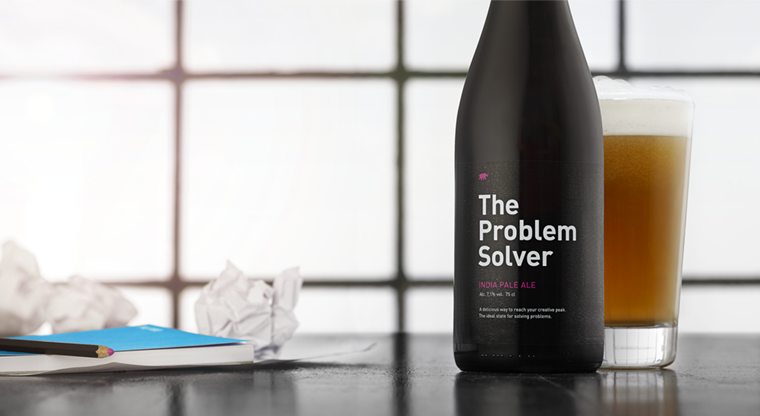Two very different pieces of communication from McDonald's have hit my radar this week. The first is in a blog post from the brilliant Ad Contrarian who never fails to bring me back to earth and have a laugh at myself and my fellow marketeers. In this post, Bob presents an internal McDonald's video of their newish CMO, Deborah Wahl. If you like playing marketing bullshit bingo, this one is for you.
The self-confessed "hockey mom" soon gets into her stride, or onto her platform, with her brand transformation journey. This is a journey, you understand, to change the relationship and the conversation. It's open transparent dialogue. Keeping the customer at the centre. Engagement leads to customer experience. Communities. Iconic. Shape the vision. At the heart of. Re-igniting the lurve....
Actually, this makes me cringe because there, but for the grace of God and all that. I do use some of these expressions, although I like to think that I don't cram quite as many into each minute as in this example.
And now for something completely different. A piece of advertising from McDonald's new agency here in Germany - the Leo Burnett and Thjnk co-operative, Thjnk Tank. This is a cinema ad to celebrate 60 years of McDonald's. And the creative idea is to use the clown Oleg Popov, who is also celebrating 60 years of making people happy.
Now, I can't normally abide clowns, especially Ronald McDonald, but I think this film is terrific. It has a substance and quality in the way it's made and it's wonderfully moving. OK, people will argue that it seems tonally odd for McDonald's and that it's "not consistent" with their other communication, but that isn't the point. It's beautiful and brave and that can only be good for the brand.
I do wonder about something that Deborah Wahl quoted from Ray Kroc, though. "We're not in the hamburger business, we're in the People Business."
Maybe that is our trouble, these days. We are so busy being in the Journey Business or the Engagement Business or the Customer Experience Business that we forget what it is that makes us unique. Everyone's strategy looks the same and has the same objectives.
And it's left to the creatives to do the difficult work of sorting through all the bullshit (or maybe ignoring it) and using their own intuition to create something different.
GOING FORWARD – MORE PROOF
10 months ago








